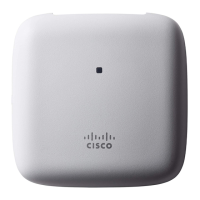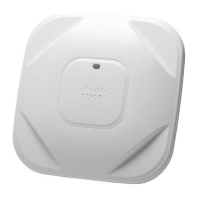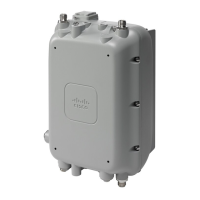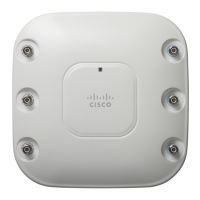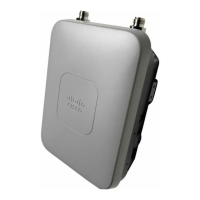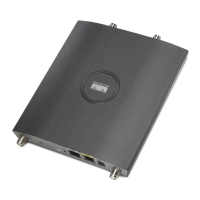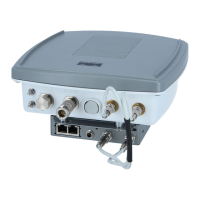Revised: January 25, 2017,
Understanding Multi-User MIMO
With 802.11n, a device can transmit multiple spatial streams at once, but only directed to a single address. For individually addressed
frames, only a single device (or user) gets data at a time. This is referred to as Single-User MIMO (SU-MIMO). With the advent of
802.11ac Wave-2, a new technology is defined, called Multi-User MIMO (MU-MIMO). Using this technology, an AP can use its
antennas and radio systems to transmit to different clients, all at the same time over the same frequency spectrum.
Figure 44: Example of SU-MIMO
Figure 45: Example of MU-MIMO
MU-MIMO with the AP 1850 is limited to a maximum of 3 spatial streams simultaneously.
To send data to user 1, the AP forms a strong beam towards user 1, shown as the top right lobe of the blue curve (Figure 46: MU-
MIMO Using a Combination of Beamforming and Null Steering to Multiple Clients in Parallel, on page 59). At the same time the
AP minimizes the energy for user 1 in the direction of user 2 and user 3. This is called “null steering” and is shown as the blue notches.
58

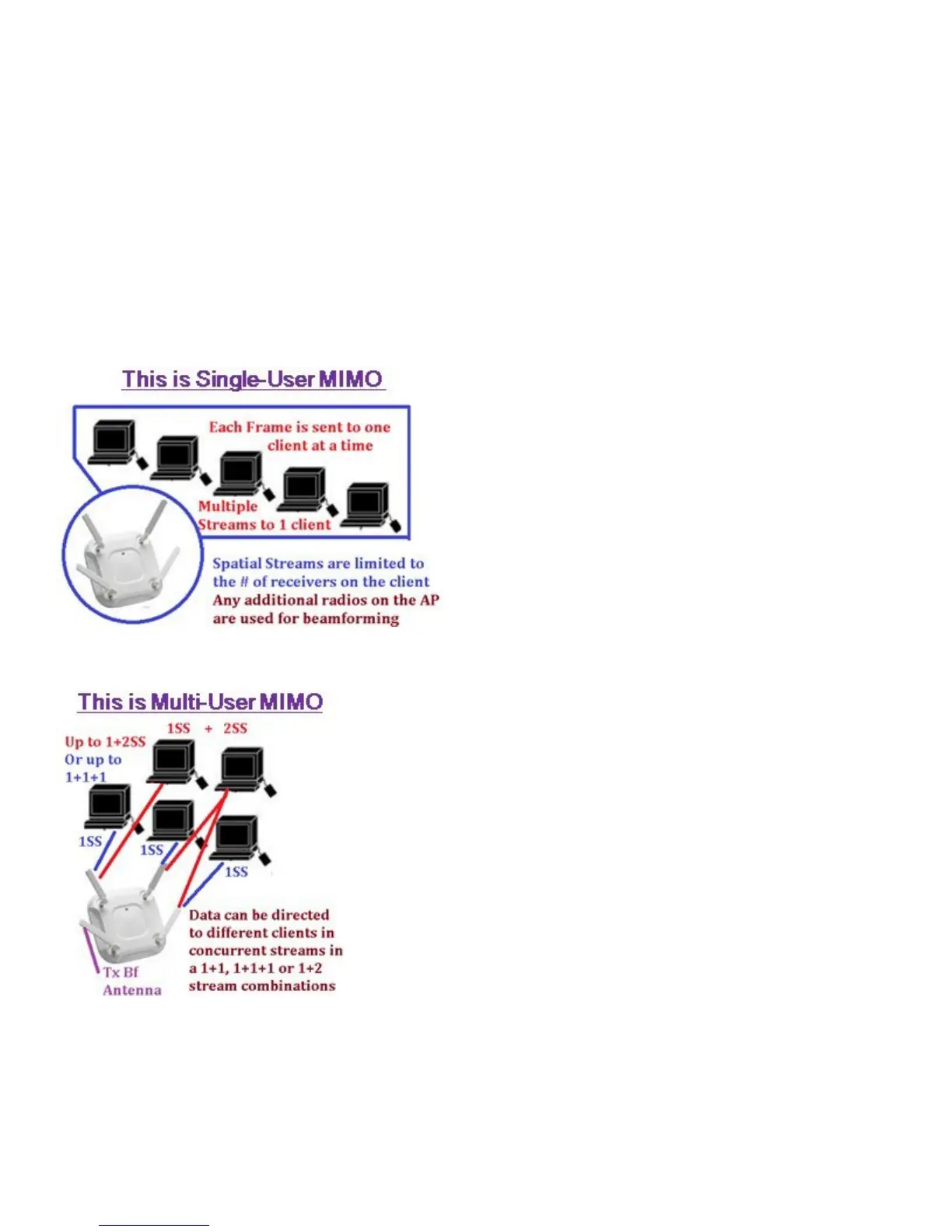